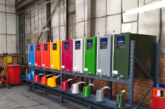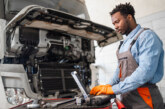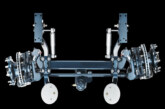What’s to come for lubricants in the future?
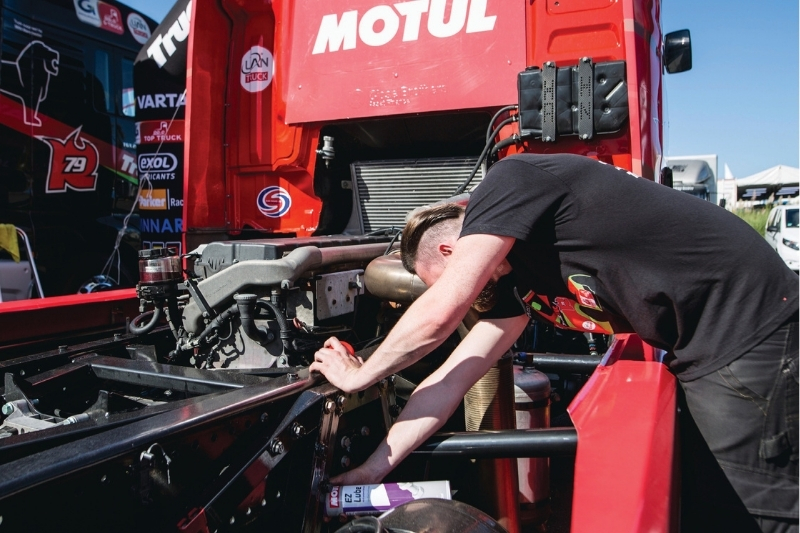
With a strong history of staying ahead of the curve when it comes to fuel technology, Motul shares with CVW its latest innovations when looking to the future.
Motul has been aiming to fulfil the requirements of CV owners and operators in Europe for decades – for both running and servicing their trucks.
Keeping downtime to an absolute minimum is vital to all commercial vehicle owners and operators, something Motul is only too keenly aware of. This is not simply a case of producing products with long drain intervals, but also ensuring that, no matter what type of work a vehicle must tackle, the engine and gearbox are all kept in the best possible condition.
Motul fully recognises the specific requirements of trucks and so its range covers different generations of diesel engine, with its range of Tekma heavy duty products aimed directly at helping optimise running for those who operate them.
The company is only too aware however, that the landscape is changing and that legislation and a desire to be more sustainable has impacted OEMs. This, of course, in turn filters on to suppliers to the industry – affecting lubricant companies as much, if not more so, than many other parts of the automotive mix. So Motul has been looking towards to future and, if past history is anything to go by, a glance at what Motul is doing today is where everyone else is likely to be in tomorrow.
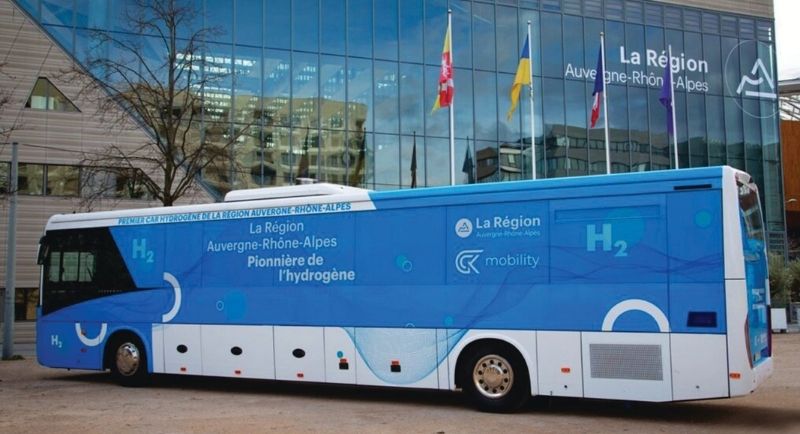
Steps forward
In the 1950s, Motul really made the first major leap forward in automotive lubricants: multigrade motor oil. In 1966 Motul launched Century 2100 – the first semi-synthetic automotive lubricant and five years later, it launched the first fully synthetic motor oil – Motul 300V – using vegetal-derived ester technology that had been developed for the aircraft industry.
Then, two years ago, the company launched its latest NGEN range. All NGEN products use either high-quality regenerated raw materials in their formulation, i.e. oils that have already been used and recycled in a complex process, or oils from renewable biological sources. This not only reduces production-related CO2 emissions but also saves fossil raw materials and enables more sustainable production. The packaging uses recycled materials and is 100 per cent recyclable.
Given the large numbers of ICE vehicles that will be on our roads for many years to come, Motul decided to pioneer a sustainable oil range in every key aspect, but, vitally, it has developed lubricants that do not sacrifice performance in any respect to achieve this sustainability. In fact, NGEN oils actually feature enhanced aspects of performance over its traditional counterparts.
Motul NGEN means the individual can make a positive difference in sustainability when lubricating their vehicle, knowing however that this new range of lubricants will give them everything they need in terms of performance.
More NGEN variants will appear in the near future, amongst them heavy duty versions that will cover key applications in the commercial vehicle sector.
A sustainable partnership
Motul also sees that with the likely reduction of ICE vehicles and the growth in EVs, as well as other alternative types of fuel, there are opportunities that will certainly arrive. Therefore, the company has already looked at a fluid future that doesn’t rely wholly on conventionally powered vehicles.
Motul has forged a partnership with Green Corp Konnection (GCK), a pioneer in carbon-free mobility solutions. Together, they are working on enhancing battery performance and harnessing the power of hydrogen combustion. These advancements are predicted to reshape the future of mobility, making it eco-friendlier and more efficient.
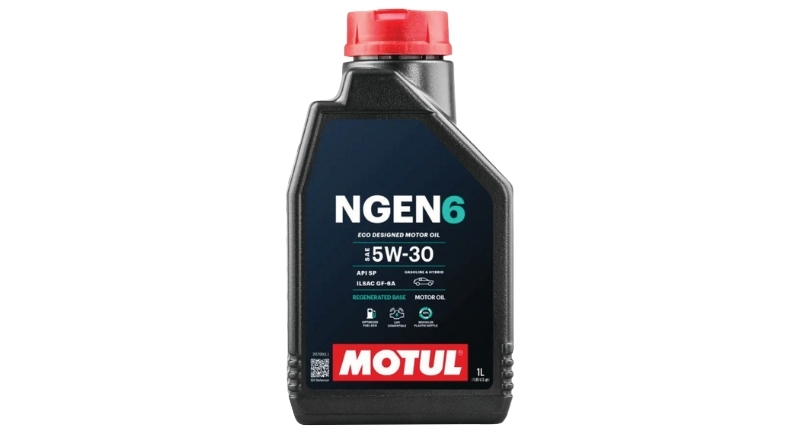
The partnership has already yielded some impressive results, both in terms of enhancing EV technology and with hydrogen power.
On the electric power front, Motul and CGK have been working on immersion battery cooling uses a dielectric fluid. This technology is at the forefront for battery electric vehicles and, until now, has typically been employed to cool supercomputers that generate enormous amounts of heat. In this case the fluid is in direct contact with the battery cells, enabling better thermal management during charge and discharge cycles, as well as an improvement in the overall performance and safety of the battery and a much faster charging time.
Motul has demonstrated the efficacy of the dielectric fluid on several high-profile concept vehicles including the Caterham 7EV and the Motul’s own electric Lancia Delta Integrale.
Hydrogen is also coming more and more into the reckoning as a viable alternative sustainable vehicle fuel source. Here, Motul has again been working with GCK and the first visible results come in a project to convert diesel buses to hydrogen in the Auvergne-Rhône-Alpes region of France.
The thermal engine will be replaced by a hydrogen fuel cell powering an electric motor. It takes pride in providing dielectric fluid for the batteries of these new vehicles. 16 buses will hit the roads this year, with a target of 50 by 2026, thus heralding a promising era for new mobility.
“Overall, we are looking at what we think will be a golden period for downstream specialist lubricant companies, such as ours, in the coming few years,” explains Motul UK sales and marketing manager, Andy Wait. “However, we also see ourselves more and more as a fluid technology company, with a constantly strengthening sustainable outlook through exploring new opportunities in both traditional lubricants and alternative-fuel vehicle-related fluids. There are exciting times ahead…”





